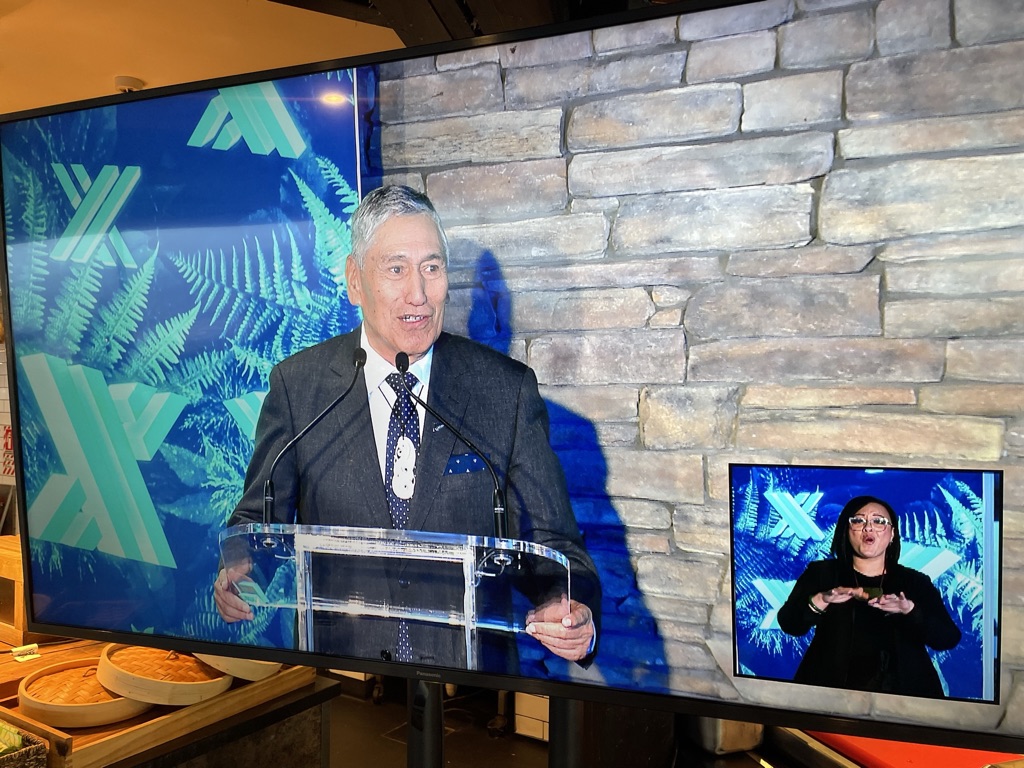In a busy world that’s dominated by spoken language, we often take communication for granted. Aotearoa has three official languages – English, te reo Māori and Sign Language, and it’s important to consider all three when organising an event or announcement.
Here in Aotearoa, we are used to seeing sign language interpreters on TV, especially after significant events such as the Christchurch earthquakes and more recently, the global pandemic. And frankly, we think their mahi is pretty spectacular.
Recently, our managing partner, Jacky, had an invaluable learning experience organising a sign language interpreter for the national Matariki ceremony, this experience made her appreciate how much needs to be done behind the scenes – and just how talented these interpreters are.
“I was literally blown away by the skill level of these people, not only to be able to sign, but to be able to sign in te reo Māori too, that’s truly next level. I was already impressed, but now that I realise how much actually goes into it, being impressed is an understatement.”
We’ve put together some tips and things to consider the next time you might need a sign interpreter.
Who is the audience?
Understanding the audience for your event is the first step. If it’s in person, is it possible you will have any hearing-impaired people attending? If so, an interpreter will either be essential or at the very least, a thoughtful gesture. If it’s going to be broadcast on TV or online, an interpreter is also recommended to ensure you’re catering to all potential audiences.
Where will the interpreter(s) stand?
Line-of-vision, lighting and audibility are all things that need to be considered, so the interpreter is easily seen and can hear the presentation. If someone in the audience is deaf, the sign interpreter needs to be directly in front of them and beside the speaker. If your event is both in person and broadcast this can be tricky, as there is the camera position to consider too. Plan ahead to ensure you have a space set up for them, where a camera as well as the live audience can see them. Another thing to think about is where they can safely step aside to have a break and, if there is a second interpreter, where they can stand by.
How many interpreters do you need?
More often than not, more than one interpreter will be required. Signing is genuinely tiring, so they will likely switch in and out between interpreters. Make sure your brief before the event is clear, so they can determine how many people they will need.
Making the interpreter’s job as easy for them as possible
Make sure they have all the information they need, well in advance! This includes background information, the topic of the press conference/event, who the audience is, a copy of the speeches, as well as the logistical details. Having these details to them 24-48 hours before the event is ideal and will help them ensure they can do the best job possible.
For Jacky, stepping into the realm of Sign Language was an incredible learning experience that will change the way she approaches events (and it has now been added to our Shine ‘event checklist’)! Jacky worked with iSign for the Matariki ceremony and she recommends getting in touch with them for any sign language interpreter needs.
Explore the online sign language dictionary: https://www.nzsl.nz/

